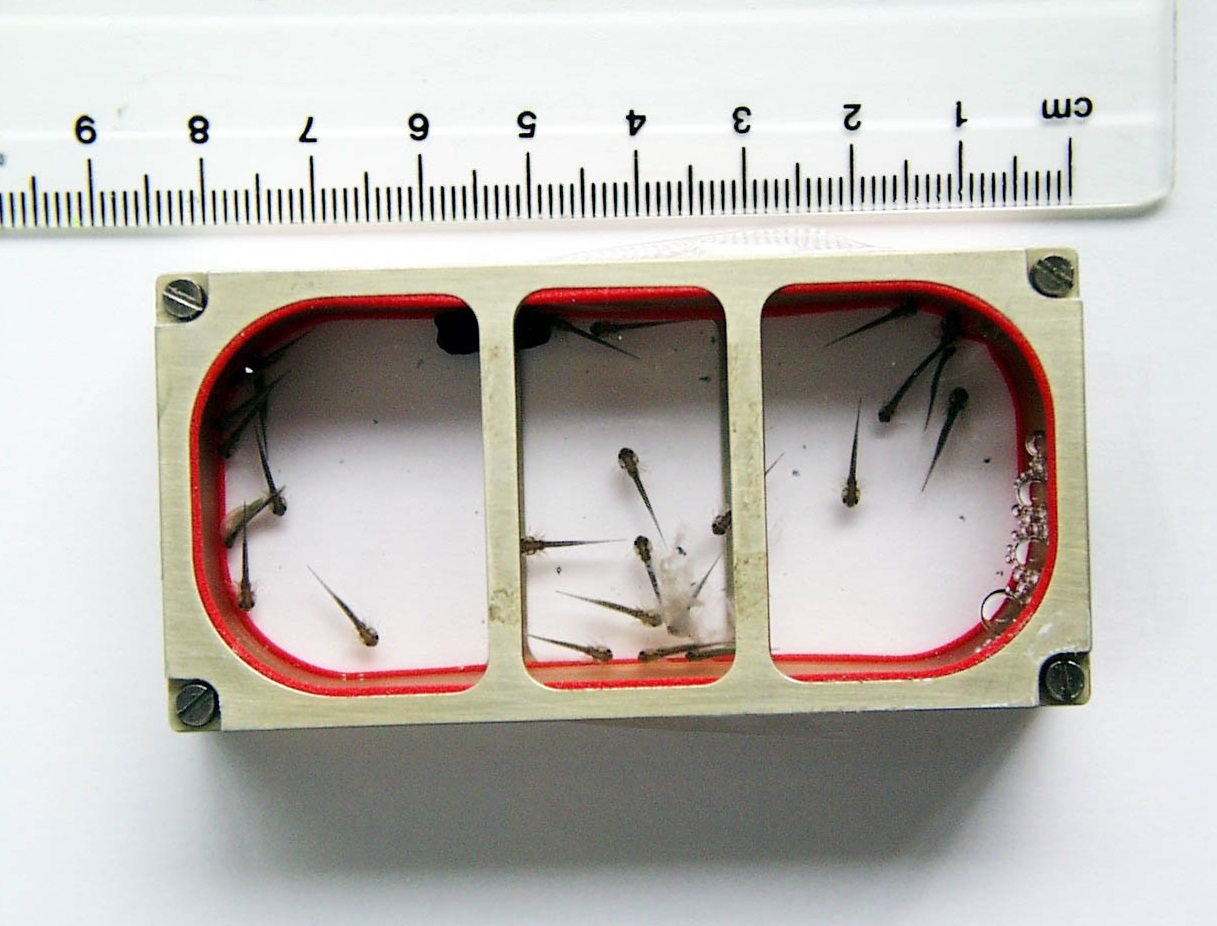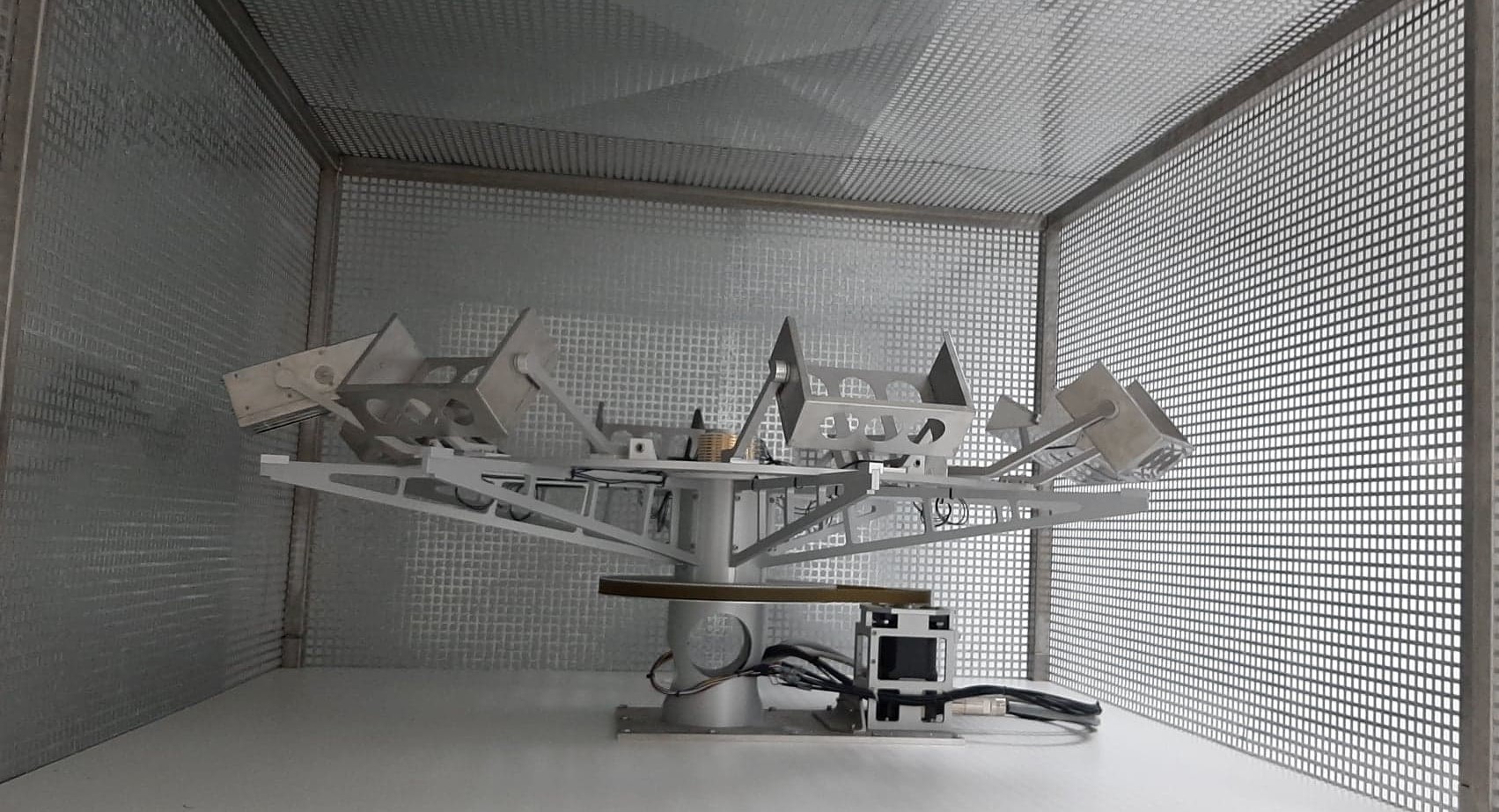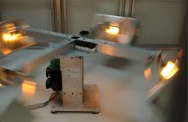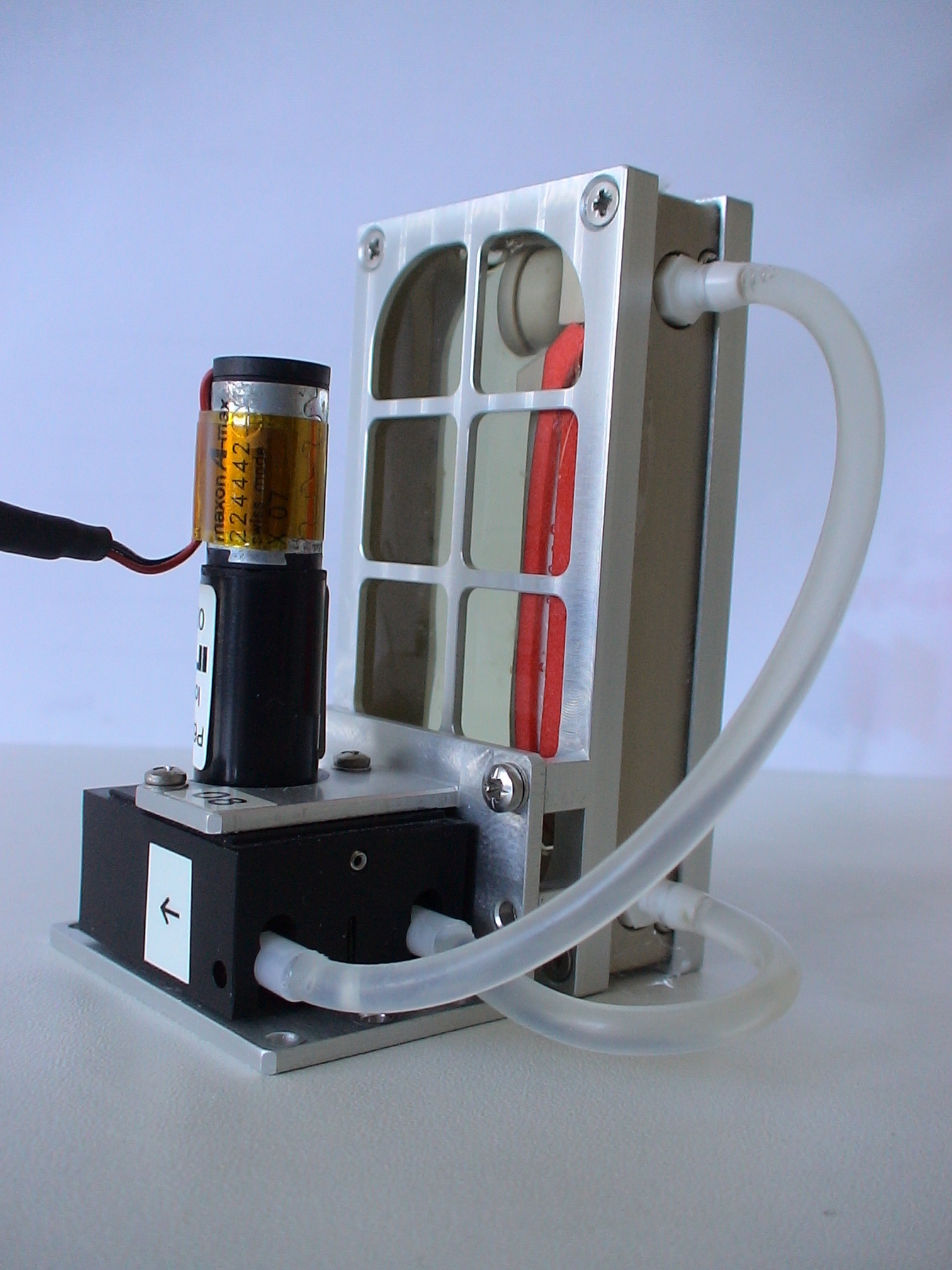
GEPAM, an ESA ground-based facility
Using rotors to expose animals to different levels of hypergravity is an efficient way to understand how altered gravity affects various physiological functions, interactions between physiological systems, or animal development. Furthermore, rotors can be used to prepare space experiments, e.g. carrying out experiments in hypergravity to demonstrate the feasibility of the study before its implementation in the ISS, and to complement inflight experiments by comparing the effects of micro- and hypergravity.
Created in 2019, the Gravitational Experimental Platform for Animal Models (GEPAM), part of ESA ground-based facilities portfolio since March 2020, allows exposing animals (embryos/tadpoles of four amphibian species (X. laevis, X. tropicalis, A. mexicanum, P. waltl) or mice) to altered gravity inside a brand-new animal house inaugurated in 2018. This platform comprises three aquatic rotors, one rotor for rodent, and a random positioning machine (RPM) to expose embryos, tadpoles or cells to simulated microgravity.
The use of different species allows getting comparative data sets to identify common adaptive responses/pathways.
This platform is surrounded by numerous facilities to prepare and analyze samples.
Furthermore, development towards exposure of zebrafish or fish embryos to altered gravity is foreseen as well as the installation of small cell culture incubators in gondolas of the rodent rotor.






